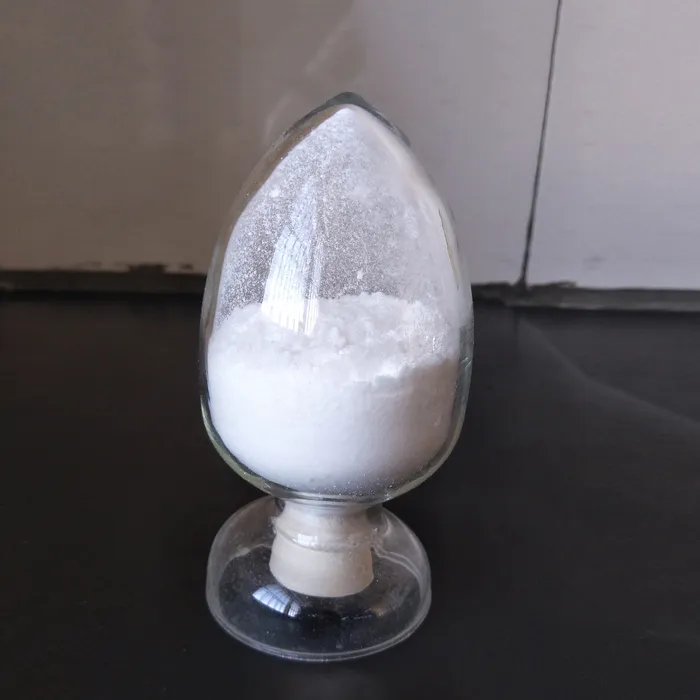Dosing Systems in Water Treatment Plants An Overview
Water treatment plants play a crucial role in ensuring the safety and quality of drinking water supplied to communities. One of the essential components of these plants is the dosing system, which is responsible for the accurate delivery of various chemicals into the water supply. This article provides a comprehensive overview of dosing systems in water treatment processes, their significance, operating principles, and key considerations for effective implementation.
Importance of Dosing Systems
Dosing systems are critical for the treatment of water because they facilitate the addition of necessary chemicals to the water supply. These chemicals may include coagulants, disinfectants, pH adjusters, and corrosion inhibitors, each serving a specific purpose in the treatment process. For instance, coagulants such as aluminum sulfate help to aggregate suspended particles, making them easier to filter out. Disinfectants, like chlorine or ozone, eliminate harmful pathogens, ensuring that the water is safe for consumption. Proper dosing not only protects public health but also enhances the efficiency of the water treatment process.
Operating Principles
Dosing systems operate on the principles of precise measurement and controlled application. Typically, these systems consist of several key components chemical storage tanks, feed pumps, dosing controls, and injection points.
1. Chemical Storage Tanks These are designed to safely store the treatment chemicals, ensuring minimal risk of contamination or degradation.
2. Feed Pumps Equipped with the necessary capacity to deliver a specific rate of chemical to the treatment process, feed pumps can be mechanically driven or electronically controlled. The choice of pump often depends on the chemical characteristics and required dosing rates.
3. Dosing Controls Advanced dosing systems incorporate automated control technologies that allow for real-time monitoring and adjustment of chemical doses based on the water quality parameters. This could include sensors that measure parameters such as turbidity, chlorine residual, or pH levels.
dosing system in water treatment plant

Key Considerations for Dosing Systems
Several factors need to be considered when designing and implementing dosing systems in water treatment plants
1. Chemical Compatibility Understanding the interactions between different chemicals is vital to prevent adverse reactions that could compromise water quality.
2. Flow Rate Variability Water demand can fluctuate, requiring dosing systems to be adaptable to varying flow rates. Systems should be designed with variable dosing capabilities to accommodate these changes.
3. Safety Protocols Chemical dosing can pose safety risks, thus robust safety measures and training are essential for plant personnel. This includes proper handling procedures, spill containment plans, and emergency response protocols.
4. System Maintenance Regular maintenance and calibration of dosing systems are necessary to ensure accuracy and reliability. Routine checks can help identify potential issues before they affect the treatment process.
5. Regulatory Compliance Adhering to local and national regulations is pivotal in the operation of dosing systems. Ensuring compliance not only guarantees the safety of the treated water but also helps in maintaining public trust.
Conclusion
In summary, dosing systems are a vital component of water treatment plants, enabling the precise and efficient addition of chemicals necessary for ensuring water quality and safety. Understanding their operation, considerations, and best practices can significantly enhance the effectiveness of water treatment processes. As technology advances, the integration of automated dosing systems promises to further optimize chemical management in water treatment, ultimately contributing to improved public health outcomes.

